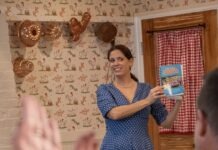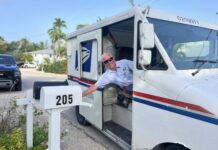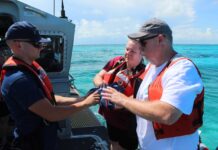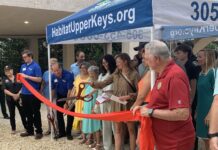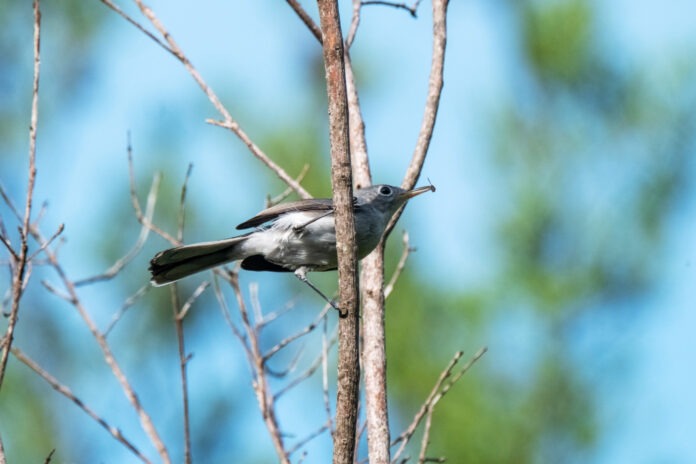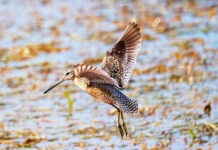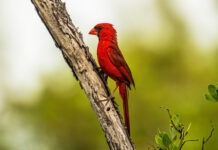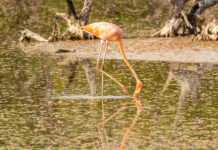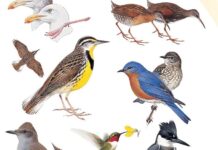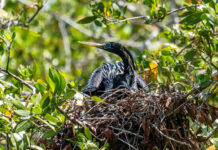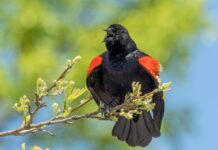My initial notion of Arthur Cleveland Bent was one of those nebbishy little guys who spent most of their lives indoors, looking at birds and their parts through a magnifying glass, trying to figure out where in the avian tree of life they should be classified. Brilliant, no doubt, but living a life without much room for anything outside of ornithological study. This came from knowing very little about him, other than the fact that he spent much of his life in the early 20th century collecting, editing and writing the contents of “Life Histories of North American Birds,” a massive, 20-plus volume assemblage of all the then-known information about the bird species found in North America.
Copies are still in print, though a complete set will cost you. I’ve only seen a complete set of “Life Histories of North American Birds” once, at a friend’s house. It took up a solid 3 feet on his bookshelf.
What I imagined, of course, turned out to be the opposite of the truth. Bent was your classic old-school Teddy Roosevelt type of naturalist — rugged, with a kind of boundless energy and apparent enthusiasm for the world you don’t see in many people. In one photo, he had a climbing rope thrown over his shoulder, though he was also wearing a tie.
He was born in 1866. His mother died when he was 6. Apparently a sickly child, his father took him on nature walks to build up his stamina, unintentionally kindling in him a lifelong fascination with birds. He went to the local schools, then to Harvard, where he took up boxing and had his nose smashed in. It remained “bent” for the rest of his life. He also took up exercising with weights and, somehow, axes, a practice he continued into his 80s.
His initial passion was said to be the now largely frowned upon field of oology, or the study and collecting of eggs, though I’m guessing at the root of that was the love of adventure – climbing tall trees and sheer cliff sides to snatch eggs from nests. In his early 20s, Bent experienced a “27 Hours” type scenario when he fell from a high tree while trying to collect eggs from a barred owl’s nest. He managed to break his fall by wedging his arm in a crevice in the tree’s trunk on the way down, but hung there for half an hour. When he managed to extricate himself, he fell further, landing with a serious thud on the forest floor. It left him with a permanent tremor in his hand, and made his handwritten notes look as if composed during a small but steady earthquake.
Though now known for his ornithological work, it was merely a side gig for most of his life. His real career, or at least his profitable one, was as a businessman. He started his career working for a company called the Seamless Pocket Co. (No idea what a seamless pocket is, or why you would sell pockets separate from the clothes they are supposed to be attached to.) He went on to manage a local machine works, then was an owner of several companies that electrified a good part of Massachusetts.
He lived almost all of his 88 years in the town of Taunton, Massachusetts, where he served as an alderman, president of the chamber of commerce, president of alma mater academy, and a member of the yacht club, the rod and gun club, the Boy Scouts, the Society for the Prevention of Cruelty to Children, three Harvard clubs, and a fistful of nature and ornithology-related societies.
He traveled all over the country – including South Florida and the Keys. He was also married with three children.
And he somehow put together the monster that is “Life Histories of North American Birds,” published by the Smithsonian Institution. I’ve been trying to figure out exactly how many species accounts he published and the only number I can find is 1,200, which seems a lot, considering there are only about 800 bird species that breed in North America. But a lot of what are now considered subspecies were considered full species then, so maybe. But 20 volumes published in his lifetime, three published posthumously, two put together from his notes, all of them tomes.
He didn’t write all of it. He included large blocks of text, many from both his predecessor and his contemporaries. He was said to have been in correspondence with over 1,000 amateur and professional ornithologists. All work was credited. The books actually have multiple typefaces and sizes, as if instead of resetting the texts, they were simply cut out from other sources and pasted in.
The constant, though, throughout all those volumes, is Bent’s shaping and curation of all that material, but also, more importantly, his voice, which is almost always clear, personal in a rather polite manner, and engaging.
I went down the rabbit hole on Bent because I went over to Fort Zachary Taylor the other day and saw a blue-gray gnatcatcher, a slim little bird that looks like a warbler, but is actually more closely related to wrens. It was an early migrant, spinning in a bare branched tree over one of the bird paths. I hadn’t really looked at “Life Histories of North American Birds” for a while, but suddenly I wanted to know what Arthur Cleveland Bent had to say about them.
“Our acquaintance with a new bird dates, it seems to me, not from the moment we learn to identify it in the field but rather from the first time we really have a glimpse of its ‘personality.’ Thus, my ‘first’ blue-gray gnatcatcher was certainly not the one my ornithological mentor first pointed out to me, but another that came along months later, flitted to a bush within arm’s length of where I stood and, between snatches at insects too small for me to see even at that short distance, spent several minutes looking me over,” he wrote.
“It was upon the foundation laid in those few minutes that I have built whatever else I may have learned about the gnatcatcher. In the course of writing these pages, the memory of that first meeting has come back to me many times, almost with the clarity of a visual picture, and I feel that I am telling of the later adventures of one little bird rather than of the habits of its myriad kin,” he said.
And then I was wondering if I, too, had now somehow seen the same one little bird on an even later adventure.
